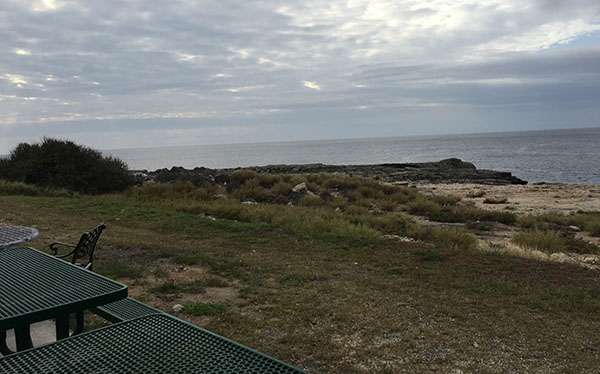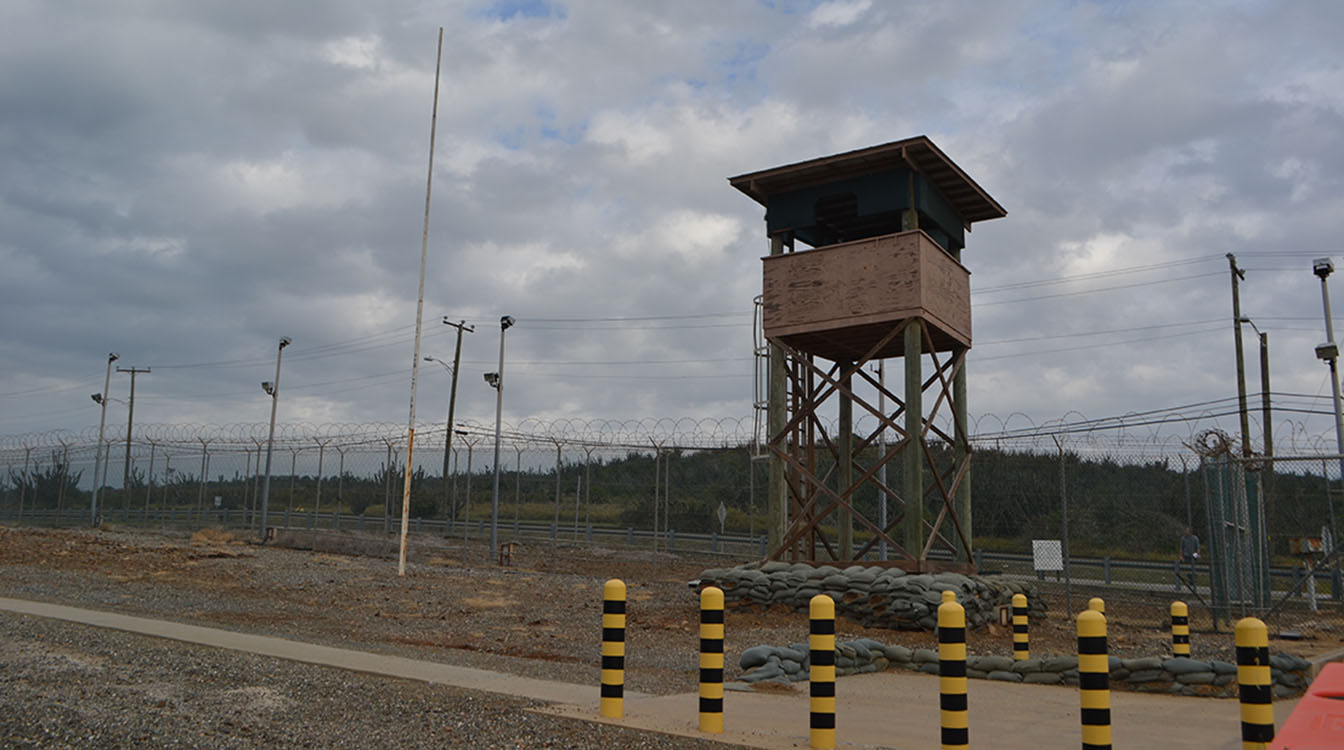Earlier this year, Lawdragon accepted an invitation to attend a media tour of the detention operations at Guantanamo Bay, where 91 individuals captured in the conflict with al-Qaeda, the Taliban and other forces since 2001 are being held as law-of-war detainees. Media traveled to Guantanamo on Feb. 8, and the tour took place Feb. 9 before a return flight that evening.
Since September 2015, Lawdragon has been covering pretrial proceedings in the military tribunals run by the Office of Military Commissions. Of the current detainee population, seven are awaiting trial in the commission process, two have pled guilty and one is appealing his conviction.
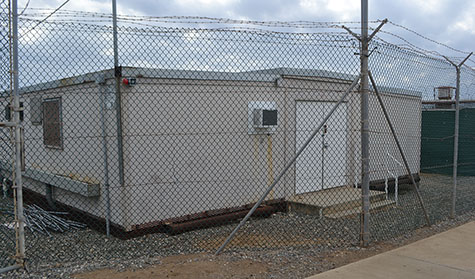
The detention operations are run separately by Joint Task Force Guantanamo, or JTF GTMO. The detention and commission sides coordinate when the JTF guard force transports detainees to meetings with lawyers and also to the courtroom proceedings at Camp Justice, which is about a 10-minute ride from the detention areas shown during the tours.
The detainees currently in pretrial proceedings – including the five defendants charged with planning the Sept. 11 terrorist attacks – are all high-value detainees held in the clandestine Camp 7 facility, which is not part of the media tour.
Fifteen detainees are housed in Camp 7 while the rest are spread between Camp 6, for highly compliant detainees, and Camp 5, for less- or noncompliant detainees. Officers from Camp 5 and Camp 6 met with the media during the tour.
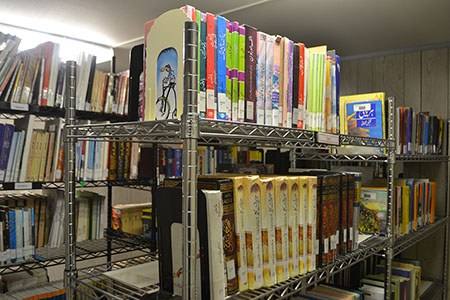
The mission of JTF GTMO is to conduct “safe, humane, legal and transparent care and custody of detainees.” Public affairs staff and troop commanders say that the guard force fulfills its mission with exceptional professionalism and is often unfairly caught up in controversies outside of its control, such as policy debates about the future of Guantanamo or the treatment of detainees in earlier phases of their custody.
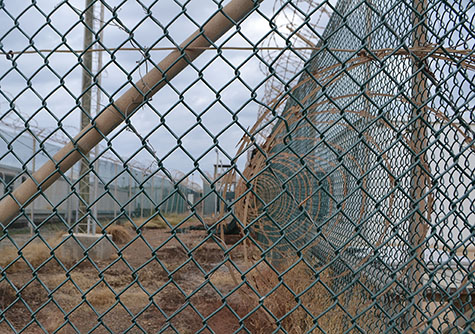
At its height, the detention operations housed close to 700 detainees. Of the 91 remaining, 36 have been cleared for release.
The Feb. 9 media tour included the following:
1) A visit to the book, news and media library at Camp Delta and a discussion with the Officer in Charge (OIC) of detainee programs. In addition to the 34,000-item collection of library materials, the detention facility offers language and a range of life-skills classes, including one for interpersonal communications. The OIC said that the staff will not put into circulation certain donated materials – most from the International Committee for the Red Cross or the Naval base – that contain sexual or violent content and extremism. (Only senior leadership can be identified by name or have photos taken that could reveal their identity.)
Recently, a DVD of “The Martian” was not allowed due to nudity. However, books with violence were visible as part of the library collection, such as the crime novels of Michael Connelly and the “Dragoon Tattoo” trilogy.
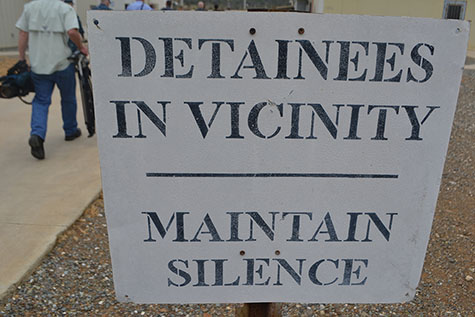
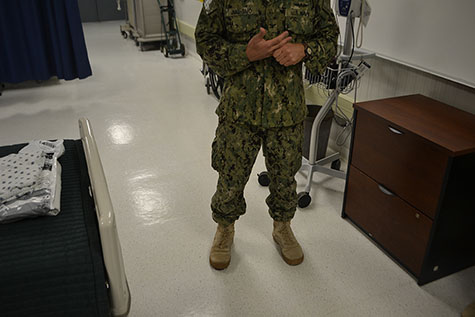
2) A visit to the medical facilities and a meeting with the Senior Medical Officer (SMO). The SMO took numerous questions on enteral feeding, or what is commonly referred to as forced feeding, for detainees on “non-religious fasts” as a form of protest. He declined to give a precise number of those engaging in food strikes but said it was a very small percentage of the detainee population.
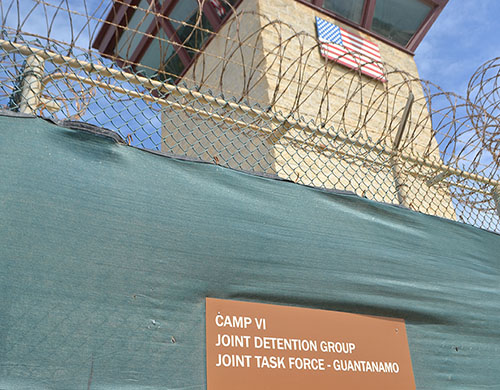
The OIC said that, generally, diabetes, obesity and blood pressure are common medical issues as the population ages.
3) A tour of Camp 6 that included time in an empty cell block as well as a chance to observe detainees through tinted glass in a Camp 6 communal area. The Non-Commissioned Officer in Charge (NCOIC) of Camp 6 addressed the media in the empty cell block, as did the Officer in Charge of Camp 5, though the tour did not include a visit to Camp 5.
The NCOIC of Camp 6 said his detainees were highly compliant and did not engage in protests.
“I think everybody understands why they’re here,” he said.
Of the eight cell blocks, four currently house detainees. Satellite television pumps in 300 channels, allowing detainees to stay up on current news, including plans to close the facility. Detainees maintain a garden. The NCOIC said he was very impressed with the soccer skills of the detainees.
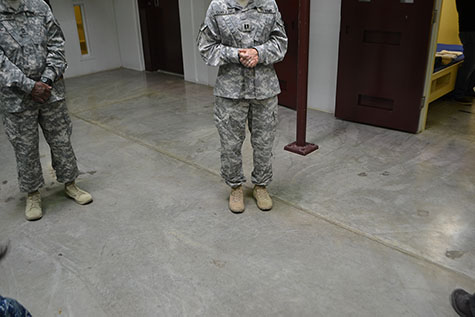
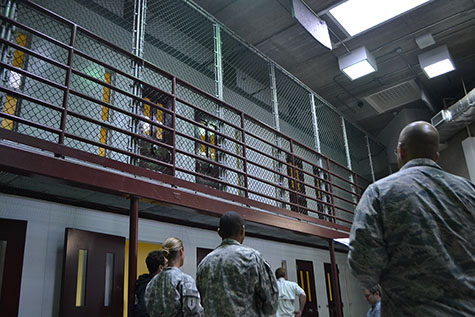
The OIC for Camp 5 said that the most common form of protest for her less compliant population is “splashing,” which involves attempting to hit guards with a mix of bodily fluids and waste. This was relatively rare, she said. At the time of the tour, only a few detainees had a “noncompliant” status.
She said the “hub and spoke” design of Camp 5 was based on the maximum-security facility in Terre Haute, Indiana. With a smile, she deflected a question about Camp 7.
“I don’t even know where Camp 7 is,” the OIC said.
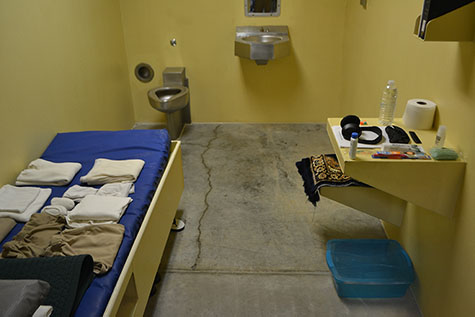
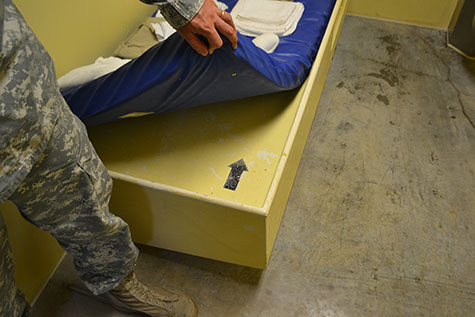
4) Three afternoon question-and-answer sessions at a facility conference room. The first Q&A was with a man known as “Zak” (his full name was not provided), who has been the facility’s Muslim cultural advisor since 2005. He has provided training and advice to the guard force on the religious beliefs of the population and also meets with the detainees to hear their concerns, though his meetings with detainees have become less frequent.
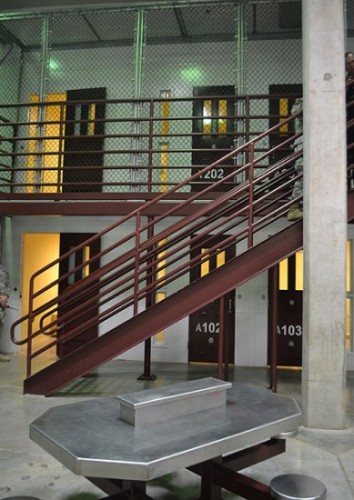
Zak said some detainees remained extremely conservative in their beliefs while others had evolved and accessed their “hidden capabilities” through the life-skills courses.
Next was Army Col. David Heath, who as the commander of the Joint Detention Group within JTF GTMO oversees all three detention camps. Last year, Heath testified in the pretrial hearings in the Sept. 11 case about the temporary ban on female guards touching the five defendants when moving them to attorney meetings or court. Because Heath was scheduled to testify again on the ban he said he could not discuss the issue with media at the tour.
Heath said that, in his 20 months as commander, there had been 300 assaults on guards. He said his force treats detainees with dignity "even when they don’t deserve it."
Heath said he had to make an effort to have the guard force understand that “we’re the good guys” and that all the criticism directed at Guantanamo has nothing to do with the admirable way in which they perform their tasks.
“These kids do a great job,” he said.
For several minutes, Heath discussed the unusual event from a few weeks prior when a Yemeni detainee cleared for release, Mohammed Ali Abdullah Bwazir, refused to board the plane to his transfer country (the country has not been identified.) Heath said the detainee did not make his final decision until he was “at the bottom of the ramp of the aircraft.”
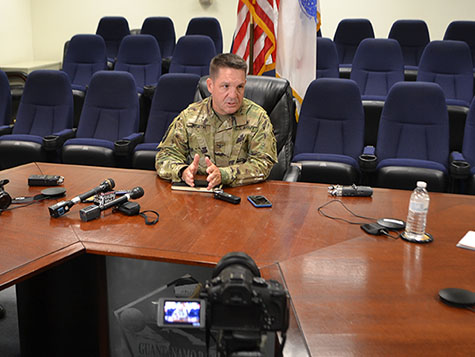
“I have never had that happen before,” Heath said. “All the other ones that we’ve transferred walked willingly on the plane, some smiling, some not.”
The informational part of the tour ended with a discussion with Navy Adm. Kurt Tidd, who about a month earlier had become the Commander of U.S. Southern Command, which includes Guantanamo Bay. Tidd said that JTF GTMO had fulfilled its mission and that it was important to execute the president’s plan to close the facility.
5) Operational Security or “OPSEC” review. Whether traveling to Guantanamo Bay for the military commissions or the detention tour, JTF GTMO public affairs staff reviews all photos and videos taken by media. The staff will edit or delete media that shows certain security features of the base as well as faces of personnel, except for senior leadership, such as Col. Heath.
On this tour, the review took place at the air terminal Tuesday evening before the return flight and generally proceeded amicably between journalists and the public affairs team. There is no review of written notes, though public affairs staff may look at notepads if it appears a member of the media is making a sketch or drawing of a particular area or person.
Additional Tour Details
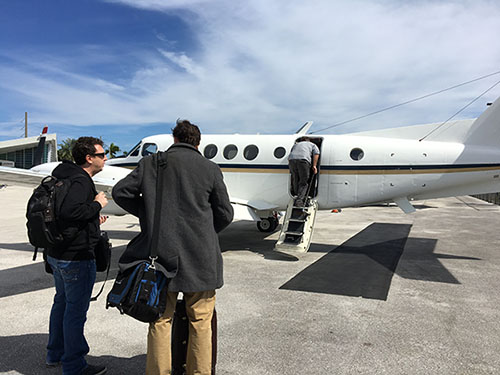
For both types of travel, members of the media pay for their own meals. The Naval base has “galleys,” or cafeterias, as well as other restaurants and bars that are available to members of the media.
JTF GTMO has allowed various types of media access since January 2002, shortly after the first detainees arrived. The Feb. 9, 2016, tour was the second of this particular style of one-day tour that the public affairs team said it planned to offer intermittently throughout the year. Members of the media who attended JTF GTMO tours from prior years said that the tours used to last four to five days, allowing for a broader range of meetings and site visits.
